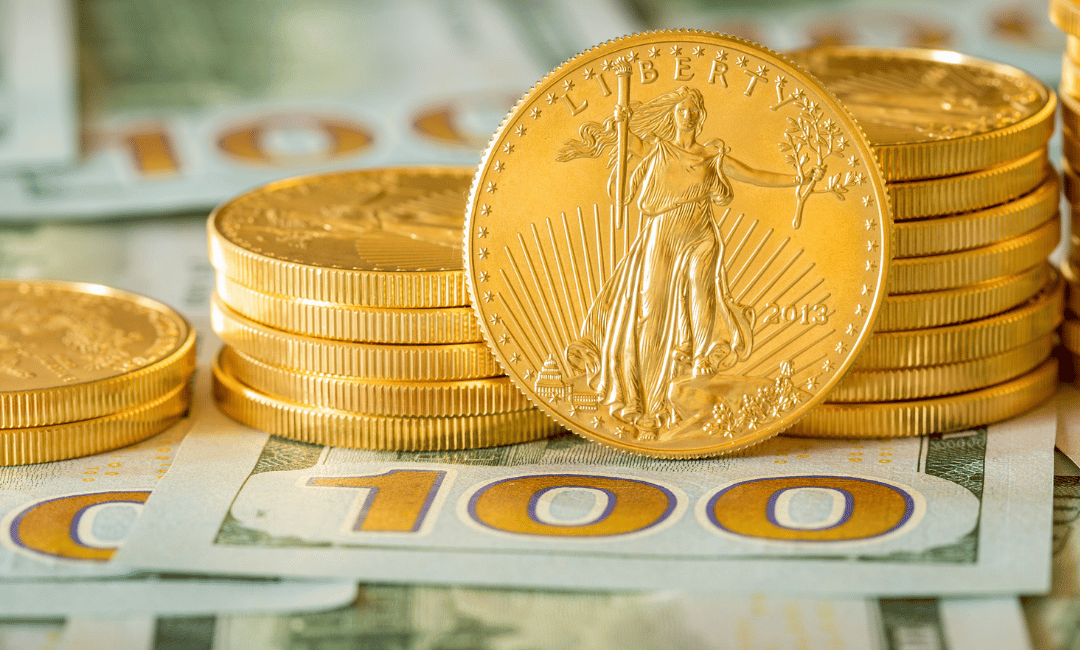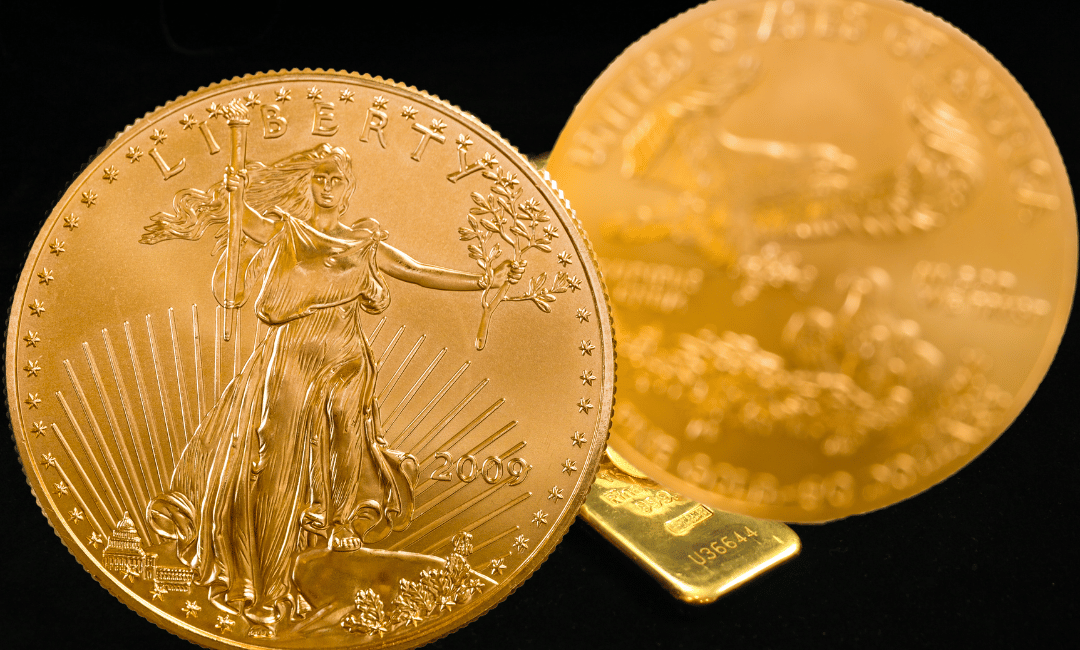
The Journey of Precious Metals: Where Does the US Mint Acquire Its Silver and Gold Blanks
Have you ever held a shiny new coin in your hand and wondered, “Where did this come from?” No, not from your wallet or the cashier’s till, but its real origin—the earth from which its metal was mined, the hands that shaped it, and the machines that minted it into a piece of art. If you’re like most people, you probably haven’t given it much thought.
But the backstory of how the U.S. Mint makes or acquires its gold and silver blanks is a tale worth its weight in, well, gold and silver. It’s a complex, fascinating process that involves geopolitics, stringent quality controls, and a commitment to ethical sourcing. Intrigued? Let’s dig in and uncover the golden journey from the earth’s crust to your pocket.
The Art and Science Behind Coin Making
While it may seem like a simple process, creating coins is actually an incredibly sophisticated blend of science and art. The United States Mint receives blanks made of gold, silver, platinum and other precious metals that are stamped with the nation’s currency designs—and it doesn’t take any shortcuts to get them. Every single step in the supply chain is subject to rigorous quality control to ensure that only the purest metal is used in all of its bullion coins.
The Transformation of Metal Coils into Blanks
While we’ve discussed the role of suppliers in providing the U.S. West Point Mint with gold and silver blanks, it’s worth noting that the Mint itself also produces blanks for certain denominations like nickels, dimes, quarters, half dollars, and dollars. The process starts with coils of metal, each 1,500 feet long, tailored to the specifications of each coin type.
These coils are fed through a machine that straightens the metal before it enters a blanking press. This press operates like a cookie cutter, punching out blanks at an astonishing rate of 14,000 per minute. The blanks are then sent to an annealing furnace for the next step, and any leftover scrap metal, known as webbing, is shredded and recycled.
The Annealing Process: Preparing the Metal for Artistry
Annealing is a crucial step that prepares the metal blanks for the striking process. In an oxygen-free environment, the blanks are heated to temperatures up to 1,600 degrees Fahrenheit. This lack of oxygen is vital as it prevents the metal from tarnishing.
After reaching the desired temperature, the blanks are quickly cooled in a quench tank filled with a special mixture of water, citric acid powder, and lubricants. This “slippery water” ensures that the blanks don’t stick together.
Washing, Drying, and Upsetting: The Final Touches Before Striking
Before the blanks are ready for striking, they go through a washing and drying process. The cleaning solution used is a mix of cleaning and anti-tarnish agents. After drying, the blanks are sent to the upsetting mill. Here, the edge of each blank is “upset” to create a raised rim, making the coin more durable and stackable. These blanks with a rim are now called planchets.
Striking: The Moment of Transformation
The U.S. Mint uses various types of presses to strike the coins. These presses exert different levels of pressure, ranging from 35 to 100 metric tons for circulating coins, and up to 540 tons for special editions like the America the Beautiful Five Ounce Silver Coins.
The planchets are placed between the obverse and reverse dies, and the press strikes both sides of the coin simultaneously. The Philadelphia Mint alone can produce up to 47,250 coins per minute when all its 63 presses are operational!
Quality Control and Packaging: The Final Frontier
Once struck, the coins are inspected for errors. If they pass the quality check, they move on to the packaging stage. Circulating coins are counted, weighed, and stored in bulk bags before being distributed to Federal Reserve Banks. Numismatic coins, on the other hand, are packaged into blister packs, lenses, and other specialized packaging, sometimes even by hand.
The Intricacies of Sourcing: Where It All Begins

You might have marveled at the beauty of a freshly minted coin, its intricate designs and the unmistakable sheen of precious metal. But have you ever stopped to wonder where the U.S. Mint gets the gold and silver to make these treasures? The answer is a fascinating journey that spans continents and involves a complex network of suppliers, miners, and refiners.
The U.S. Mint has stringent requirements for sourcing its precious metals. The gold and silver must be of high purity, usually .999 fine or better. This ensures that the coins are not only beautiful but also of a standard that collectors and investors expect.
To meet these high standards, the Mint often sources its metals from domestic mines and suppliers. However, it’s not uncommon for the Mint to also engage in international contracts when domestic supplies are insufficient. These contracts are usually with countries that have a strong track record of responsible mining practices, ensuring that the metals are sourced ethically.
The Role of Suppliers: More Than Just Middlemen
Once the U.S. Mint identifies where it will source its gold and silver, the next step involves suppliers who can provide these metals in the form of blanks. These are essentially disk-shaped pieces of metal that are ready to be struck into coins. Suppliers play a crucial role in this process, acting as the intermediaries between the mines and the Mint.
Suppliers are responsible for refining the metals to meet the Mint’s high standards. This involves a series of processes that remove impurities and bring the metal to the required level of purity.
Once the refining process is complete, the metal is then shaped into blanks. These blanks undergo rigorous quality checks before they are sent to the Mint. It’s a high-stakes operation, and suppliers often have long-standing relationships with the Mint, built on years of trust and high-quality service.
The Ethical Considerations: Not All That Glitters is Gold
In today’s world, where ethical sourcing and sustainability are more than just buzzwords, the U.S. Mint takes these considerations seriously. The Mint has guidelines in place to ensure that the metals are sourced responsibly. This means not only adhering to environmental standards but also ensuring that the mining does not exploit workers.
The Dodd-Frank Wall Street Reform and Consumer Protection Act, for instance, requires companies to disclose whether their products contain conflict minerals sourced from countries that are embroiled in civil conflict and human rights abuses.
The U.S. Mint adheres to these regulations and goes a step further by conducting audits and site visits to ensure compliance. This commitment to ethical sourcing is not just about adhering to laws; it’s about setting an example for responsible practices in the industry.
The Final Destination: From Blanks to Beautiful Coins

Once the blanks arrive at the U.S. Mint, they are transformed into the coins that we all know and love. This is where art meets science, as engravers and technicians work together to strike the coins with designs that often become iconic. Each coin goes through multiple strikes and inspections to ensure it meets the Mint’s exacting standards.
The process of turning a blank into a coin involves a series of specialized machines that heat, press, and imprint the metal. The designs are created by skilled engravers who work in tandem with technicians to ensure that each coin is a masterpiece.
Once the coins are struck, they undergo a final quality check before they are packaged and prepared for distribution. Whether they end up in a collector’s showcase or as an investment, these coins are the end product of a long journey that starts with the ethical and responsible sourcing of precious metals.
Wrapping It Up: A Process Worth Its Weight in Gold
The journey of a coin from a mine to your pocket is a complex but fascinating process. It involves multiple stakeholders, each playing a critical role in ensuring that the final product is of the highest quality. From the mines that extract the metal to the suppliers who refine it and the U.S. Mint that transforms it into beautiful coins, each step is carefully orchestrated.
So the next time you hold a freshly minted coin, take a moment to appreciate the journey it has been on. It’s a journey that involves not just the transformation of metal, but also the upholding of standards, ethics, and craftsmanship that make the U.S. Mint a world leader in coin production.
Frequently Asked Questions (FAQs)
Who supplies the U.S. Mint with silver?
The U.S. Mint sources its silver from a network of suppliers who provide metal blanks. These suppliers act as intermediaries between the mines and the Mint, ensuring that the silver meets the Mint’s stringent quality and ethical sourcing standards. While the Mint often prefers domestic suppliers, it also engages in international contracts to meet its needs.
Where did gold and silver coins come from?
Gold and silver coins are produced by the U.S. Mint, which has four production facilities located in Philadelphia, Denver, San Francisco, and West Point. The journey begins with sourcing high-purity gold and silver, either from domestic mines or international suppliers.
These metals are then refined and shaped into blanks or planchets, which are then struck into coins using specialized presses. The entire process involves multiple steps, including annealing, washing, and quality control, to ensure that the coins meet the Mint’s high standards.
How are silver coin blanks made?
Silver coin blanks are made from coils of metal that are 1,500 feet long and tailored to the specifications of each coin type. These coils are straightened and then fed into a blanking press, which punches out the blanks at a rate of up to 14,000 per minute.
The blanks then undergo an annealing process, where they are heated in an oxygen-free environment to make the metal softer and more malleable. After annealing, the blanks are cooled, washed, and dried before they are sent to the upsetting mill to create a raised rim. These prepared blanks are called planchets and are ready for striking into coins.
What is a blank coin called?
A blank coin that has been prepared with a raised rim for the striking process is called a “planchet.” The term “blank” is often used as a general term for a piece of metal that is ready to be struck into a coin, but once it has a raised rim, it is technically referred to as a planchet.
Planchets are the final stage before the metal is struck into a coin, and they undergo rigorous quality checks to ensure they meet the required specifications.


